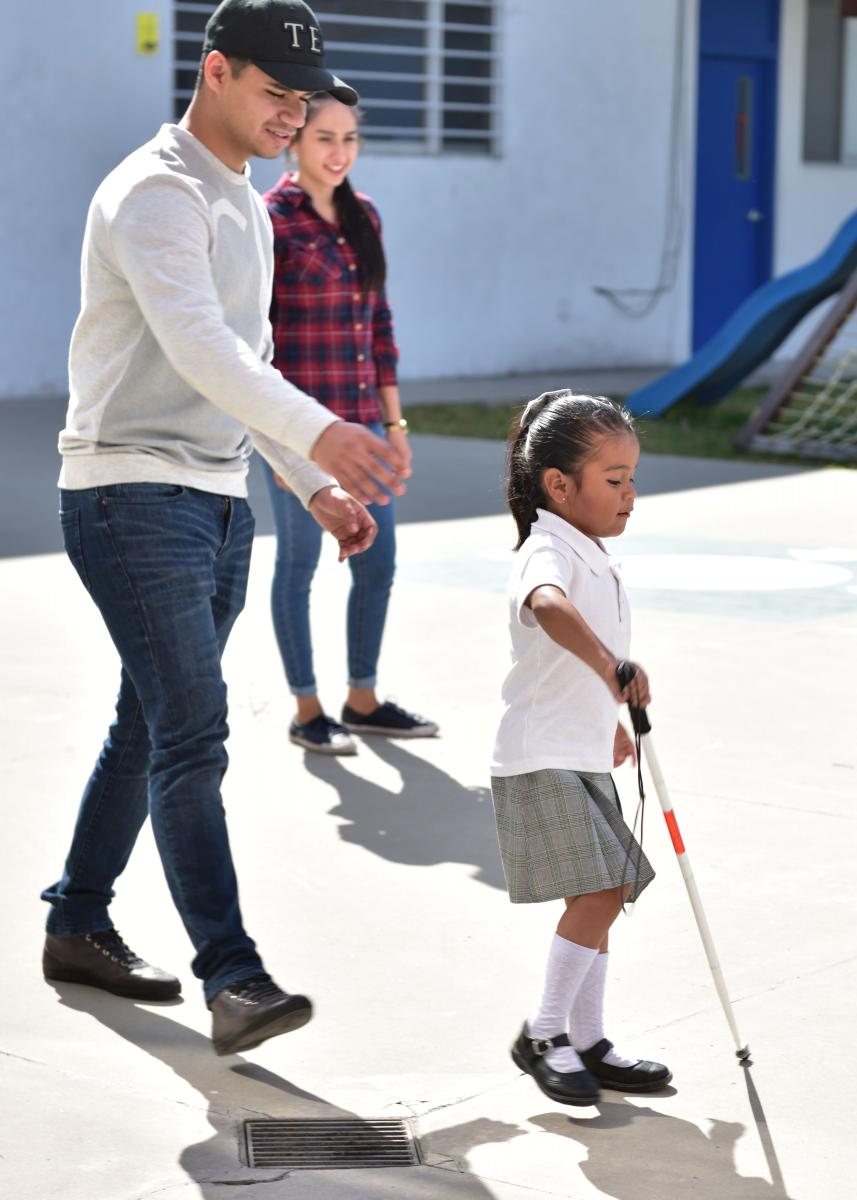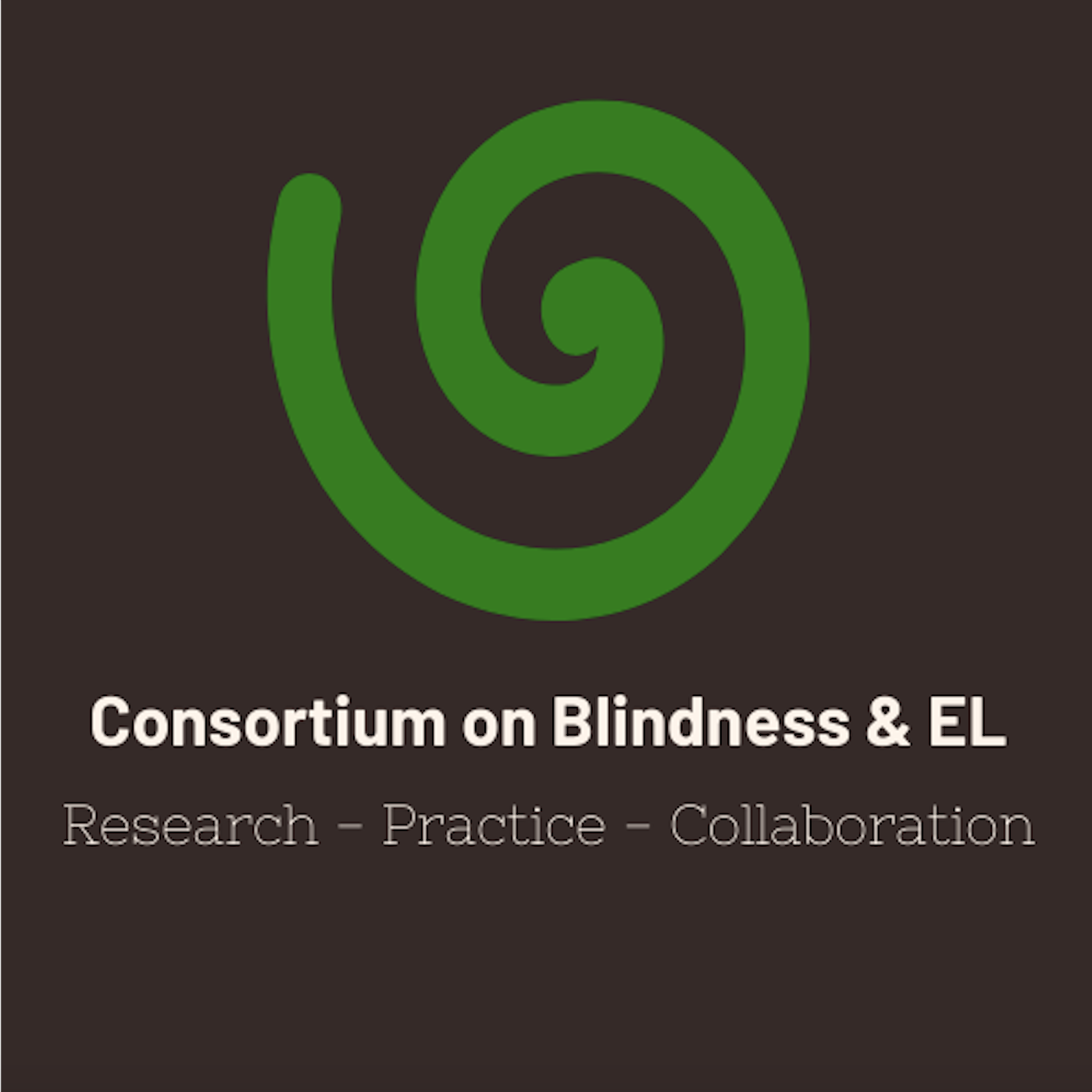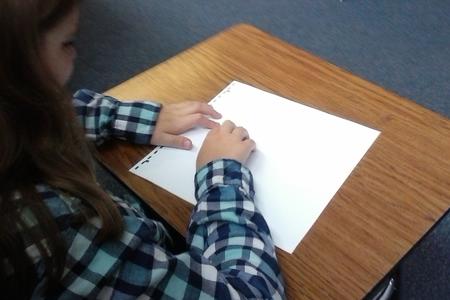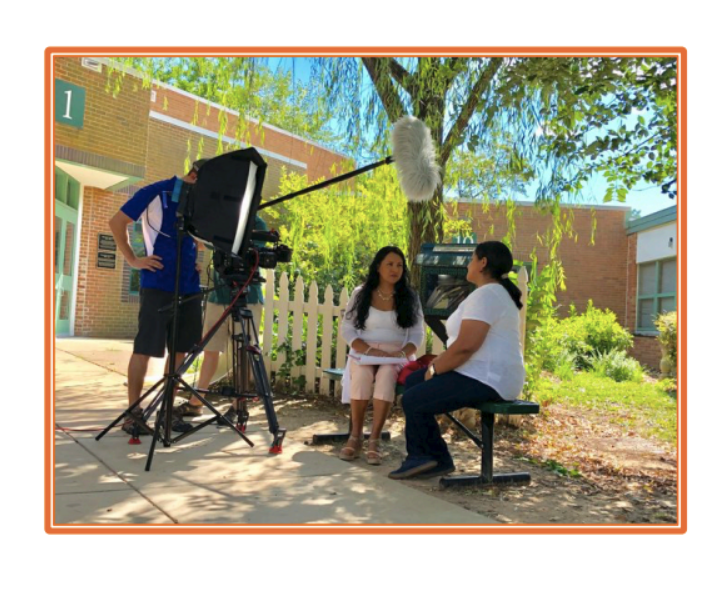As a field of TVIs (teachers of students with visual impairments) and blindness professionals, many of us do not feel prepared or equipped to work with English Learners (EL) who are blind or low vision. English Learners now make up more than 10% (National Center for Educational Statistics, 2018) of the total student population in public schools. English Learners who are blind or low vision have unique needs that cannot be met by simply adapting EL strategies or blindness strategies. English Learners come with a wealth of knowledge and wisdom that we can tap into to help them flourish. The first step to support this population is for TVIs and other professionals to understand the best practices and collaborate with one another on the great things people are doing across the country.

What is the Consortium on Blindness and English Learners?
The Consortium on Blindness and English Learners was created with the idea to bring together the resources to support TVIs and other providers with this unique group of students. The three partners in this consortium are the Maryland School for the Blind, The American Foundation for the Blind, and Paths to Literacy. The consortium is made up of three pillars: Research, Practice and Collaboration. These three pillars are essential to share information and best practices in the field.

The Three Pillars: Research, Practice, and Collaboration
The three pillars of the consortium are as follows:
- Research: The American Foundation for the Blind is hosting relevant research in the area of blindness and English Learners. On their site, you will find research studies on English Learners who are blind or low vision with summaries of key findings. Additionally there will be citations so you can find the specific articles and read the full text yourself. See AFB research articles here.
- Practice: Paths to Literacy will host articles written by TVIs and other professionals around the topic of blindness and English Learners. Each article will have information on what TVIs are doing with specific students to give you ideas in your practice. What technique did they use? How did it go? What type of student was this successful with? Likewise, you can submit your own articles to share with the field and submit your ideas. See the articles on EL on Paths to Literacy.
- Collaboration: The Maryland School for the Blind is running a listserv so professionals can collaborate and share ideas. You will be able to ask questions, post resources, share upcoming surveys and more. This listserv will be a place to collaborate in real time on the specific issue of English Learners who are blind or low vision. You can sign up for this list here.


We are very excited to have you join our consortium whether this be by writing an article on Paths to Literacy, asking a question on the listserv, or using the research compiled. We hope that this collaborative will help bridge the gap that has existed for this population. Together as a field, we can collaborate to serve our most marginalized students and grow in our knowledge! Join us!
Lead organizer,





